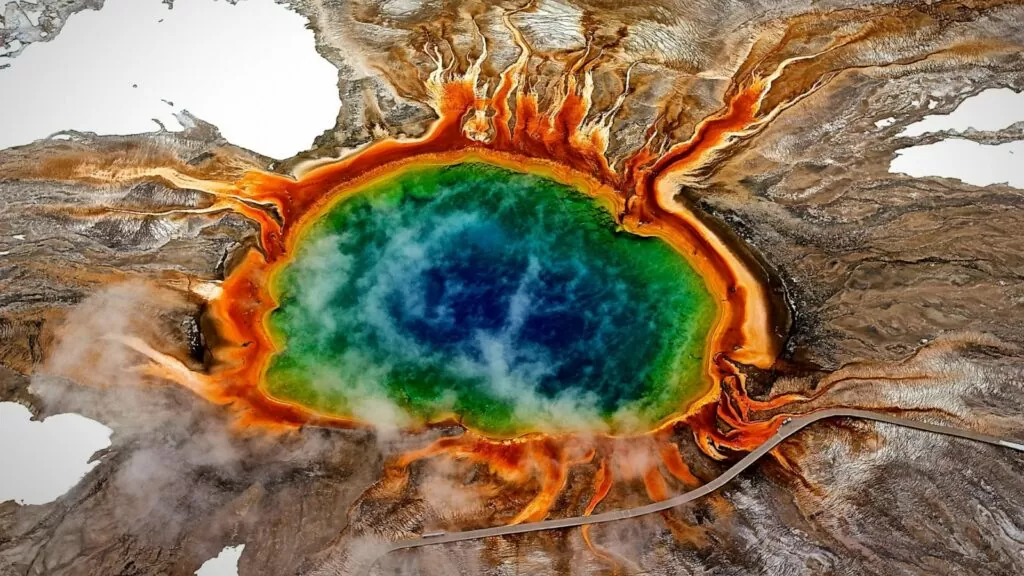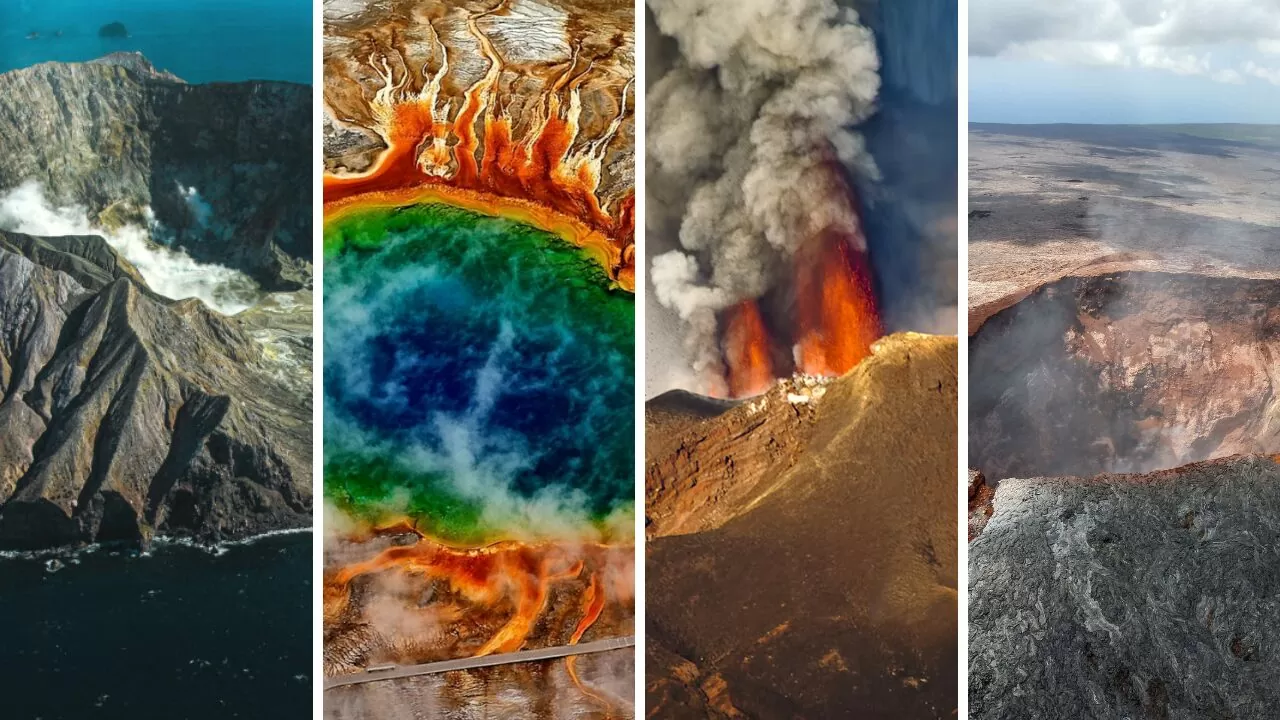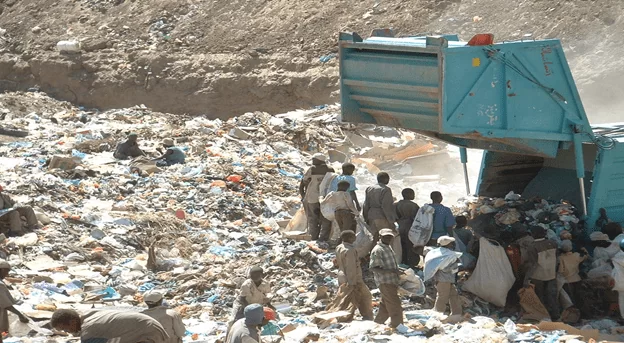10 Most Dangerous Active Volcanoes in the World
There are more than 1350 potentially active volcanoes today. In 2023 alone (up to November), we had 66 volcanic eruptions around the world. These were mostly broadcast across the media, observed by millions, and even visited up close by some. Most eruptions were spectacular, but some were rather dangerous. Eruptions have claimed the lives of the most adventurous spectators. Most recently, 22 climbers were reported dead in early December 2023 in connection with Indonesia’s Mount Merapi eruption.
However, there are some volcanoes whose eruptions we would prefer never to witness. These are the most dangerous and deadly ones. The worst of them have been coined “super-volcanoes.” The term is used for volcanic eruptions that have a Volcanic Explosivity Index (VEI) of 8. This means that during an eruption, they discharged more than 1000 cubic kilometers of material (240 cubic miles). The runners-up, however, may be just as destructive, causing lava streams, strong seismic activity, tsunamis, and even climate change.
Here is a comprehensive list of the most dangerous active volcanoes:
10. Cumbre Vieja Volcanic Ridge, Canary Islands

The Cumbre Vieja (Old Summit in Spanish) volcanic ridge is the “backbone” of La Palma Island. Its last eruption took place on September 15, 2021. The lava flow was 3.5 kilometers wide and 6.2 kilometers long, causing damages close to USD 1 billion and the evacuation of 7,000 locals. This eruption caused some 25,000 earthquakes with the strongest of them reaching the level of 5 according to the Richter scale.
What some scientists fear is that the whole Cumre Vieja volcanic ridge may be on the verge of collapse. The result of such an eruption could lead to “mega-tsunamis” with waves reaching 600 meters in height traveling at a speed of 720 kilometers per hour.
9. Cotopaxi volcano, Ecuador

Towering 5,911 meters above sea level, this is one of the highest volcanoes in the world. The most devastating recorded recent eruptions took place in 1744, 1768, 1877, and 1904. The one in 1877 was notorious for its “lava mud flows,” which spread 100 kilometers beyond the volcano, reaching the Pacific Ocean and the Amazon River. Its most recent eruption was in 2015.
8. Mauna Loa, Hawaii, USA

With an elevation of 4,000 meters above sea level and 5,000 meters submerged below the water, this is the biggest of the active volcanoes in the world. Since its first eruption in 1843, it has erupted 34 times more. Hence, aside from being the biggest, it is also one of the most active volcanoes. Its last eruption in 2022 was only 2.8 kilometers from the Daniel K. Inouye Highway.
7. The Aira Caldera, Japan

The Aira Caldera was formed following a series of eruptions some 25,000 years ago. Researchers believe that this was also the site of some previous super-eruptions. This huge caldera is home to Mount Sakurajima and the Mount Kirishima group of stratovolcanoes. One of the most popular and active volcanoes is Shinmoedake. These volcanic groups all stem from a single large magma chamber. The whole caldera is one of the most active and dangerous ones in the world.
6. Campi Flegrei, Italy

We have all heard of the massive eruption of the active volcano Mount Vesuvius in Italy, which fully destroyed the ancient city of Pompey in 79 AD. What is much less popular is the newly awakened super-volcano in the near vicinity, the Campi Flegrei. The Campi Flegrei fields stretch for some 200 kilometers all the way to Naples and are actually the caldera of a long, dormant supervolcano.
Its last eruption was 2 million years ago. This caldera is now both the location of many active volcanoes (some underwater) as well as home to about 800,000 people. More than 500,000 of these live in what are deemed “red zones”—areas where eruptions are most likely. The last eruption of Campi Flegrei was in 1538. However, lately, the area has been the scene of a seismic phenomenon called bradyseism.
During such an event, the earth rises only to subsequently fall back again. The last bradyseism here was in 1984 when the whole plain rose by some 3.5 meters. It has been gradually falling back since then. Although densely populated, the area remains highly unstable, with 3,450 earthquakes only in 2023.
5. Long Valley, California, USA

The 16-by-23-kilometer Long Valley Caldera sits on the central Sierra Nevada Range. The latter was formed during the last super-eruption (named Bishop Tuff) of the volcano, which occurred some 760,000 years ago. The area remains seismically active today, sprinkled with hot springs, gas discharges, and one of the most active volcanoes in the world.
4. Mount Tambora, Indonesia

The Mount Tambora volcano has produced the most violent eruptions in recorded human history. This occurred in 1815 when the volcano erupted with a documented VEI 7 force, discharging some 45 cubic meters of dense rock equivalent into the atmosphere. The ash from this eruption dispersed around the world and led to a decrease in global temperatures. 1816 is sometimes called “the year without the sun.”.
3. Lake Taupo, New Zealand

Lake Taupo fills the caldera of one of the largest active supervolcanoes. The volcano started erupting 300,000 years ago, with its most recent blast, the Hateme eruption, taking place in 232 CE. Major eruptions occur normally about every 1,000 years. Hence, we are currently some 800 years overdue.
2. Yellowstone super-volcano, USA

This is one of the most popular active volcanoes in the world. Its last super-eruption is estimated to have taken place some 2.1 million years ago, with a discharge of 2,450 cubic kilometers of dense rock equivalent. It had a massive effect on the global climate and ecosystems. To calm ourselves down a bit, the United States Geological Survey states that “odds are very high that Yellowstone will be eruption-free for the coming centuries.” However, they also add that “volcanic eruptions are impossible to predict.”
1. Mount Toba, Sumatra, Indonesia

The Toba volcano is the one with the biggest recorded eruption on our planet during humanity’s existence. Its caldera is some 35 x 100 kilometers! The most recent super-eruption of Toba dates back to between 71,000 and 74,000 years ago. This eruption discharged 2,800 cubic kilometers of dense rock equivalent, which is a VEI 9 eruption. Some scientists suggest that this eruption caused the world to plunge into an ice age—one that could have been even fatal for the existence of humanity. Although the caldera resulting from this eruption is Lake Toba today, Mount Toba remains one of the largest active volcanoes today.
Don’t forget to read more articles here.





